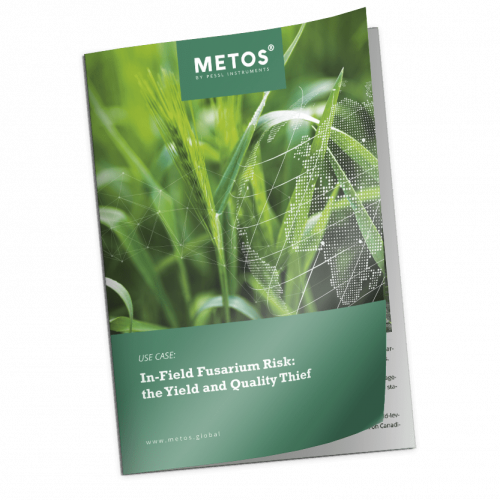The Yield and Quality Thief:
In-Field Fusarium Risk
Timely crop management decisions are crucial for effective disease control and maximizing yield. In-field weather data and disease risk modeling play pivotal roles in making informed decisions at the field level. Implementing in-field IoT devices proves to be cost-effective, with a return on investment (ROI) exceeding 10:1 when factoring in application costs and potential losses from reduced yield and grade.
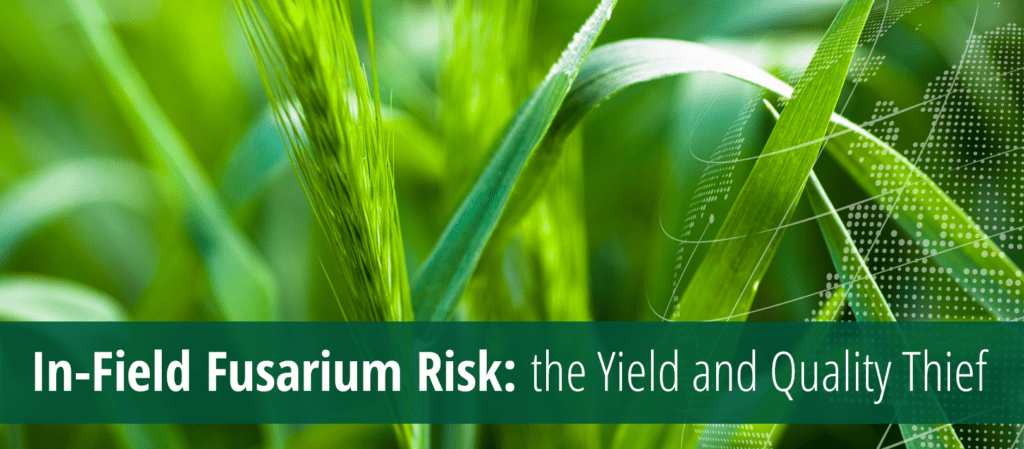
BACKGROUND
Fusarium is a fungal disease that affects cereal crops such as wheat and barley, but also impacts corn and oats. The main species that causes the greatest concern is Fusarium graminearum. This species produces significant economic damage from both grade and yield losses, but with the most significant loss through downgrading (grade). It also produces toxins that are harmful to humans and animals.
Numerous studies in Western Canada have documented significant grade and some yield losses on CWRS (Canadian Western Red Spring Wheat).
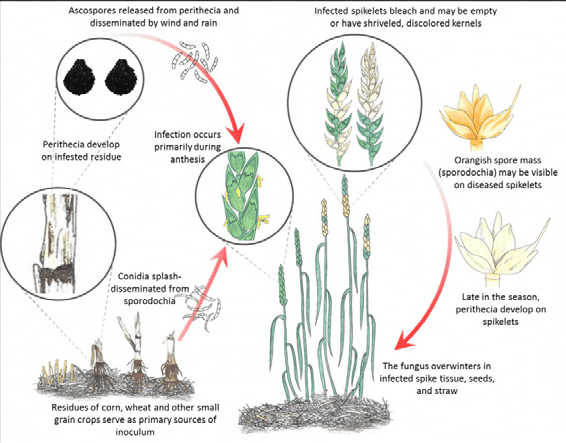
Fusarium head blight is an extremely destructive disease in terms of grade and yield, but more so on grade.
- Damage from fusarium head blight is quantified by the number of Fusarium Damaged Kernels (FDK) in a sample measured by the percentage of weight.
- Tolerance levels for #1 are <0.25%, #2 <1.0%, #3 <2.0%, and feed <5 % of FDK in the sample by weight.
- A small decrease in yield has been documented, but the main economic impact has been lower grade.
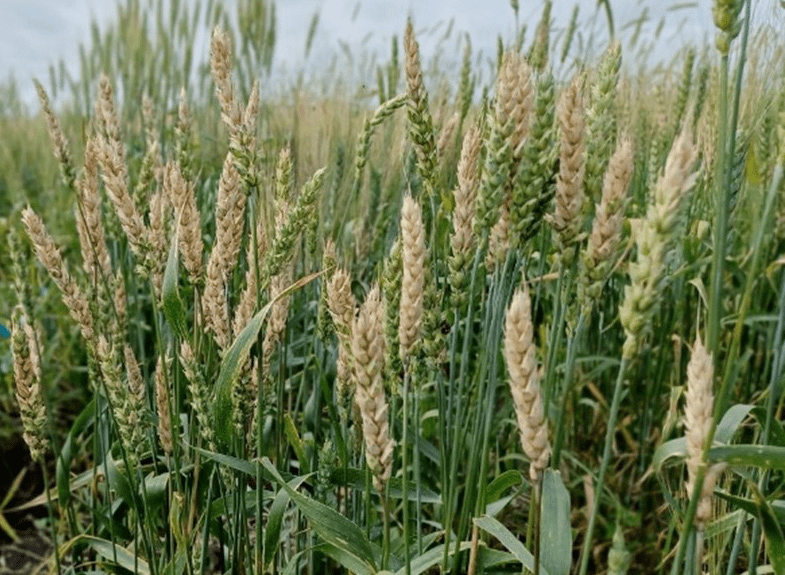
With disease severity levels varying between 0.5%, 1.2%, and 2.2%, downgrading of Canadian Western Red Spring (CWRS) from #1 to #2 or #1 to #3 or #1 to feed on a 55-bushel acre crop has resulted in $12, $35, and $100 of lost farm income per acre in Western Canada.
FIELD TRIAL at EMILI
Innovation Farms, powered by AgExpert, is a 5,500-acre spaced across a commercial seed farm (Rutherford Farms), allowing innovators to test, validate, and demonstrate novel technologies and practices.
Innovation Farms provides innovators across industry and academia access to leading-edge equipment, technology, and production practices to develop viable solutions to the diverse agronomic and technological constraints and opportunities farmers face.
In one of their many trials, EMILI applied Fusarium Head Blight (FHB) risk mapping and field-level model to validate the relation between current weather patterns and disease risk on Canadian cereal crops, such as winter wheat and barley.

The Innovation Farms team tested the subscription-based Fusarium disease risk model (METOS Canada Inc.), which was generated using data from a field-specific weather station in wheat. These IoT monitoring devices and sensors helped them to determine exactly what the field-specific conditions were, which in turn reduced trips to the field and helped them make timely management decisions.
This model is based on peer-reviewed research and looks for certain periods of temperature, relative humidity, and leaf wetness to assess FHB risk.
WHAT WAS LEARNED?
The collection of field-level weather data is critical. It is very important to have localized weather data for disease model applications. Parameters used in the disease model can vary over short distances – especially precipitation and leaf wetness. Previous studies have shown that weather data that is 10 km away is not valid for field-level disease prediction.
Infection pressure level in % depends on the intensity of the environmental factors over the time measured. An infection event (infection by spores) occurs whenever the infection line reaches 100% and results in high risk if synchronized to the correct crop stage: near anthesis. If these two criteria (100% infection/high risk and synchronized to near anthesis) have been met, then conditions for a fungal infection in the near future are very favorable and a fungicide application could be warranted.
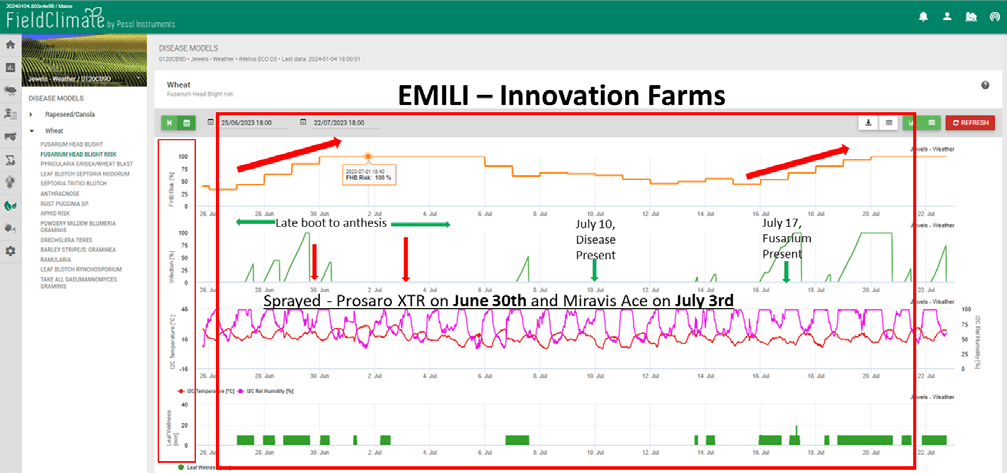
In summary, the FHB Risk Model accurately predicted in-field conditions for an FHB infection event (100%) on June 29th at Innovation Farms, with risk increasing through this period to 100%.
So what are the actual results?
Read them in the new brochure below.
Want to learn more?
Download the In-Field Fusarium Risk brochure.
